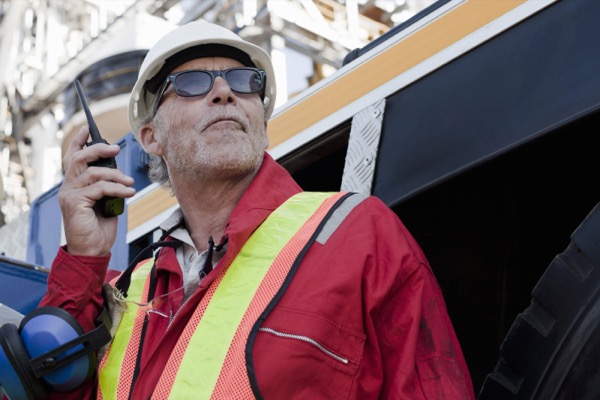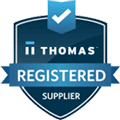From Head to Toe: A Comprehensive Guide to Full-Body Protection with PPE
In today’s industrial landscape, ensuring the safety and well-being of workers is not just a priority—it’s an imperative. Personal Protective Equipment (PPE) is the frontline defense against a myriad of workplace hazards. To truly protect workers, a comprehensive approach to full-body protection is essential. This guide takes you through the critical components of PPE, from head to toe, ensuring your workforce is shielded from potential dangers with the highest standards of safety.
Head Protection: Guarding the Brain
The head is one of the most vulnerable parts of the body, making head protection a top priority in any hazardous environment. Hard hats and helmets are designed to protect against impacts, falling objects, and electrical hazards. Advanced models now include integrated features such as visors, hearing protection, and communication systems. Selecting the right headgear involves understanding the specific risks of your workplace and ensuring a proper fit to maximize protection.
Eye and Face Protection: Preserving Vision and Skin
Eyes and face are susceptible to a variety of hazards, including chemical splashes, flying debris, and intense light. Safety glasses, goggles, and face shields provide critical protection. Modern designs offer anti-fog coatings, UV protection, and impact resistance, ensuring clear vision and durable defense. In environments with high risks of chemical exposure, full-face respirators combine respiratory and face protection, providing comprehensive coverage.
Hearing Protection: Safeguarding Against Noise
In industries where noise levels can cause permanent hearing damage, proper hearing protection is non-negotiable. Earplugs and earmuffs are the primary forms of protection, with advanced electronic models offering noise-canceling features and communication capabilities. Ensuring the correct type and fit of hearing protection can significantly reduce the risk of hearing loss and improve overall safety and productivity.
Respiratory Protection: Ensuring Clean Air
Respiratory hazards, such as dust, fumes, and toxic gases, require robust protection. Respirators and masks come in various forms, from disposable N95 masks to full-face respirators with air-purifying elements. For environments with oxygen deficiency or high toxicity, supplied-air respirators and self-contained breathing apparatus (SCBA) are essential. Training workers on the correct use and maintenance of respiratory equipment is crucial to ensure effectiveness and compliance with safety standards.
Hand Protection: Shielding the Workforce’s Most Vital Tools
Hands are frequently exposed to mechanical, chemical, and thermal hazards. Gloves are tailored to specific risks, with materials ranging from latex and nitrile for chemical protection to Kevlar and leather for cut and heat resistance. Selecting the right gloves involves a detailed hazard assessment and ensuring that workers are trained to recognize signs of wear and tear, replacing gloves as needed to maintain protection.
Body Protection: Covering the Core
Full-body protection is essential in environments with pervasive risks. Coveralls, aprons, and lab coats provide a barrier against chemicals, heat, and biological hazards. Flame-resistant clothing is critical in industries dealing with high heat and fire risks. Advanced materials and ergonomic designs ensure that body protection does not impede movement or comfort, encouraging consistent use.
Foot Protection: A Strong Foundation
Feet are vulnerable to a variety of hazards, including impacts, punctures, and chemical spills. Safety boots with steel toes, puncture-resistant soles, and chemical-resistant materials provide essential protection. Ensuring proper fit and comfort is crucial to prevent foot fatigue and encourage consistent wear. In environments where electrical hazards are present, non-conductive footwear can protect against electric shocks.
Conclusion: A Holistic Approach to Safety
From head to toe, ensuring comprehensive protection with PPE is a multi-faceted endeavor that requires careful selection, proper training, and regular maintenance. Each piece of PPE plays a critical role in safeguarding workers against specific hazards, and when used together, they provide a robust defense system.
Implementing a comprehensive PPE program involves more than just providing equipment; it requires fostering a culture of safety, where every worker understands the importance of each piece of gear and is committed to using it correctly. Regular training sessions, inspections, and updates on the latest PPE advancements are essential to maintaining a high standard of workplace safety.
For more information on how to implement an effective full-body PPE program and enhance the safety of your workforce, visit Three Sixty Safety or contact us at (586) 778-9900. Let’s take proactive steps to ensure every worker is protected from head to toe, every day.







